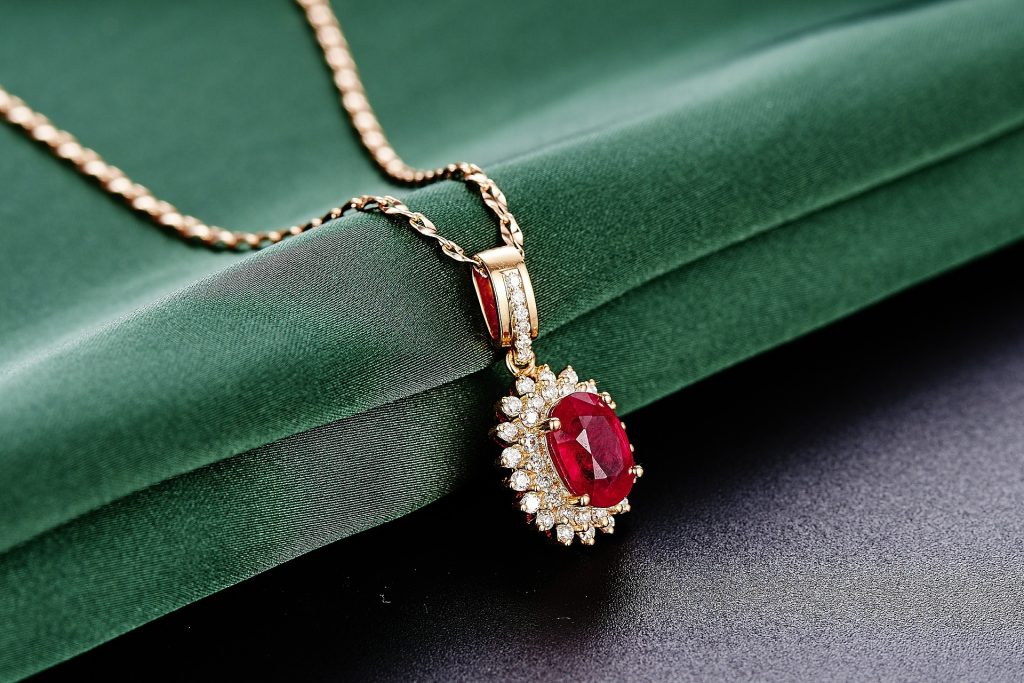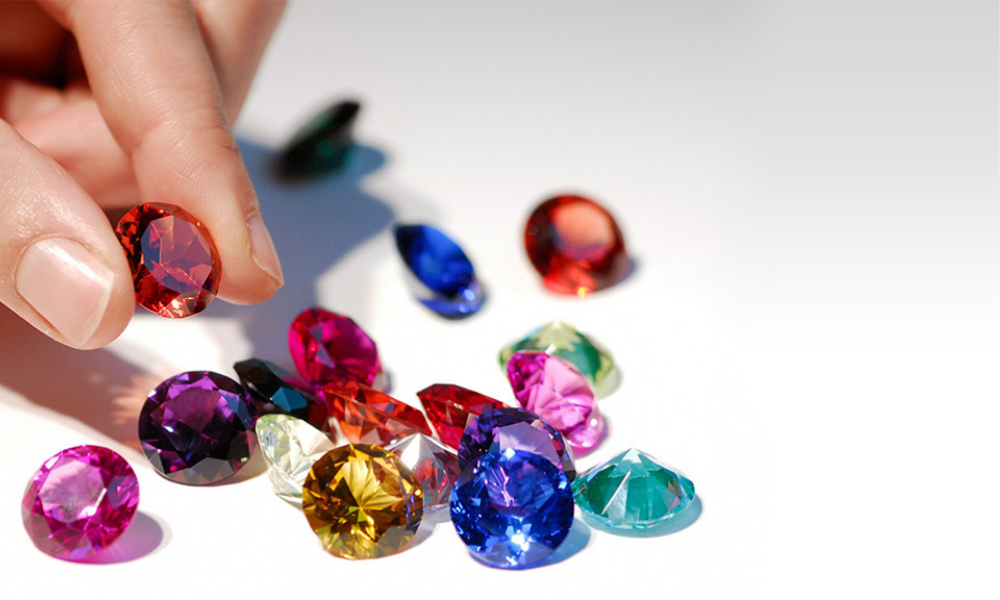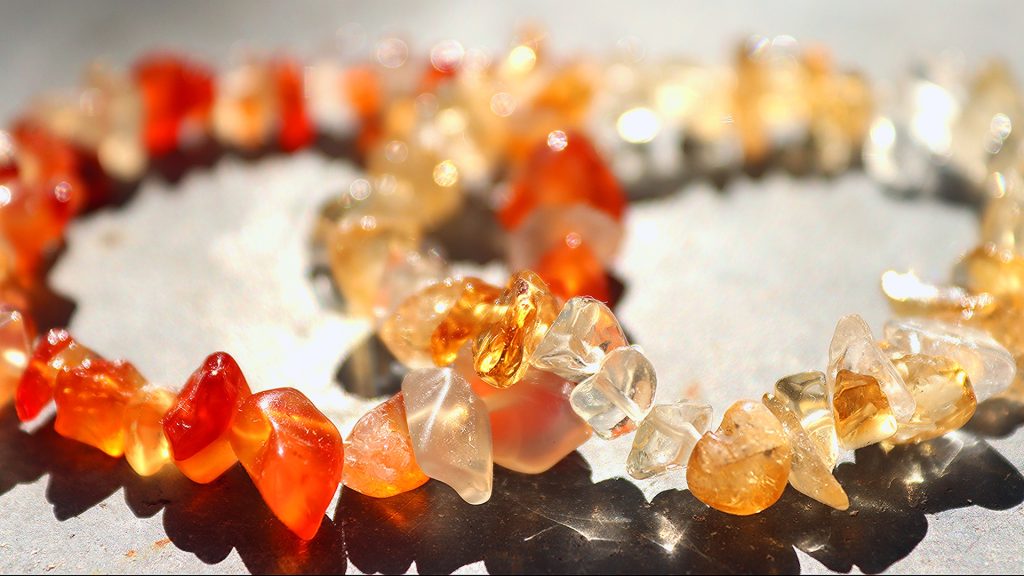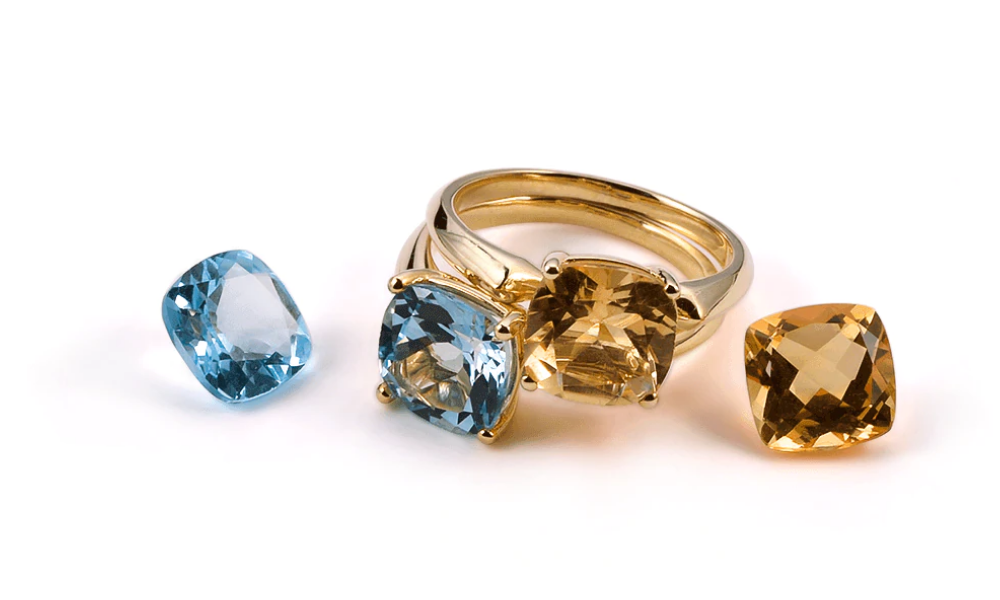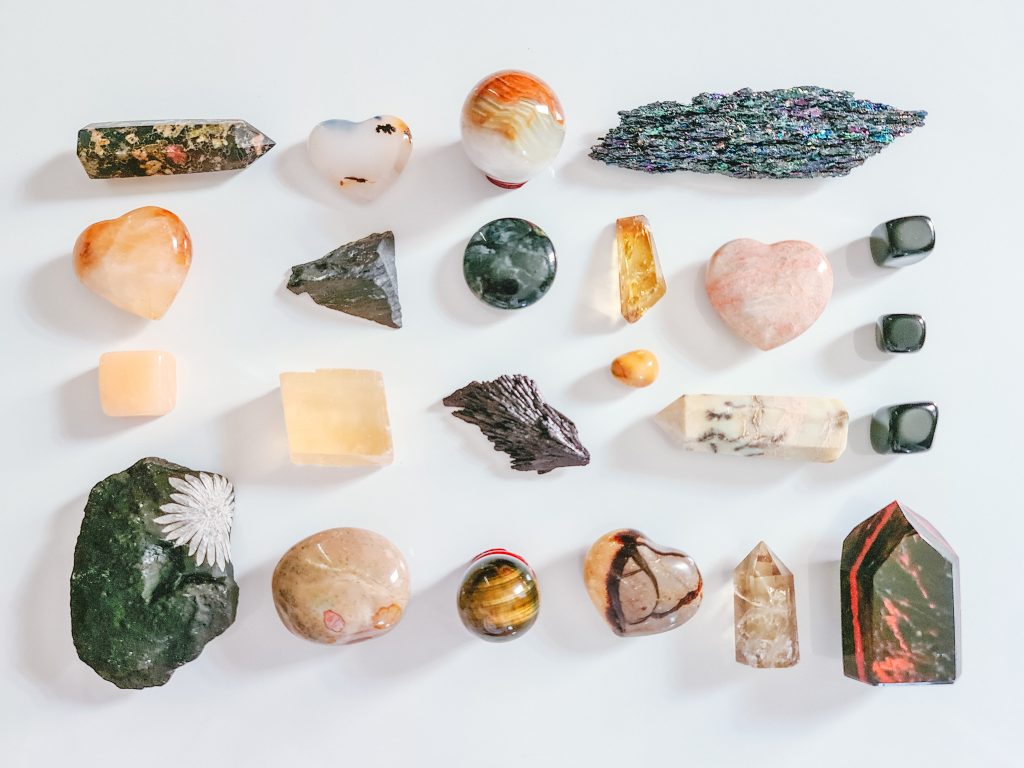Regardless of what religion you belong to, you may wonder what gemstone represents death. In this article, we’ll look at some superstitions surrounding gemstones and their symbolic meanings. If you are a death-defying person, you’ll want to avoid purchasing this stone. It’s believed to bring bad luck, and you should avoid wearing it as much as possible. But do gemstones really bring bad luck? Find out!
For example, when you lose a loved one, you might feel enraged, but that’s normal. This phase of grief is called denial. People may act as if nothing has happened, and their emotions may be conflicting. But they need to avoid acknowledging reality to cope with the pain. The gemstone for denial is Rhodonite. It helps calm overwhelming feelings and encourages the individual to move forward.

Why are Some Gemstones Linked to Bad Luck?
There is no better time than now, with Halloween just around the corner, to talk about the enigmatic legends surrounding diamonds and their claimed connection to bad luck. In this article, Lily Faber FGA DGA EG explores the superstitions around three well-known gemstones.
When gemstones are utilised or valued for their mystical qualities, it is typically for their goodness or capacity to influence the best results. Opal, black diamond, and pearl are three stones that have developed a reputation over the years as being unlucky to the owner.
While we gemmologists do not subscribe to the superstitions surrounding these similarly amazing gemstones, there is no denying that such tales are pretty fascinating and may be good for presenting eerie Halloween tales.
What are the Different Grief Stages?
The major issues of loss and grieving are frequently addressed in stages. Although it may sound cliché, time is a great healer, so going through the stages will require patience as you work through all of your feelings. As already mentioned, sadness isn’t just for people who die physically; it may also be caused by spiritual loss, emotional loss, or even a shift in circumstances. While the five phases of mourning are outlined below, keep in mind that they are not linear and that complicated emotions rarely come in tidy packages. Be brave, be persistent, and don’t forget to breathe deeply.
1st Stage: Denial
Even when expected, the initial phase of loss may initially be too much to handle. Instead, we can resort to denial, a popular coping strategy that keeps us numb while we think things through at our own pace.
2nd Stage: Fury
Getting out of denial might cause those excruciating, overwhelming feelings to manifest as fury. This rage, which is a strong, wild emotion and a component of the masked process, might be directed towards the loss or anything in your path.
3rd Stage: Negotiation
During the negotiation stage, delicacy and powerlessness can creep in, causing you to scrutinise every small detail and posit hypothetical scenarios. You can make an effort to stay stuck in the past, attempting to influence a different result, and considering all the potential outcomes.
4th Stage:Depression
That deluge of emotion can leave us feeling entirely baffled and confused or completely exhausted as we go into the current situation. You can fully withdraw and wonder how your life would change now.
5th Stage: Acceptance
This challenging and occasionally life-changing path doesn’t always conclude with acceptance. Even when you have come to terms with the loss in your life, you may still veer off into the other stages. Even acceptance doesn’t necessarily lead to success. However, there may be some light at the end of the gloomy tunnel. It indicates that there is hope or a way forward and that you are in the process of processing.
Let’s Examine What Crystal Energy can Transform Energy
Lapis Lazuli: This beautiful blue stone is known as the royal stone and has been prized for centuries. Its deep color and valuable ultramarine dye have made it a prized gemstone. The name derives from the Latin and Persian language, which means “stone of the sky.” It is said to keep the body healthy and free from fear, envy, and error. It also symbolizes rebirth. For this reason, it’s the perfect stone for the rebirth of the soul.
Amethyst: A popular crystal with many meanings, Amethyst is associated with peace, patience, and comfort. It helps people overcome the emotions that come with loss. It promotes emotional calm, helps people cope with stress and anxiety, and calms tension headaches. The amethyst also absorbs negative energy and relieves anxiety. This makes it a perfect choice for anyone who is grieving.
Smokey quartz: Having a dark blue or greyish color, smokey quartz is a great choice for mourners. Smokey quartz brings grounding energy, which is crucial during the grieving process. Smoky quartz helps people deal with the shock and a lack of security in the aftermath of a loss. It’s also a great choice for new couples. It helps move negative energy and promotes spiritual transformation.
Apache Tears: Another stone for mourning, black onyx can help people move on. It empowers those going through grief by allowing them to let go of their past and move on with life. Ancient cultures considered black onyx as a symbol of permanence. Black onyx helps to overcome depression and grieving. Additionally, it protects people from negative energies. But its most beneficial use is to help you get over your loss.
Jade: The green color of jade is so intense and vivacious that people wore it as a crown. Ancient Hindus believed that offering fine rubies to Krishna would grant them a second chance to become emperors. Throughout history, this stone has been revered and adored as the king of gemstones. And the reason why it is so popular is because it symbolizes love and fertility. In fact, it’s even thought to protect against death.
How should I Use Crystals for a Dying Person?
For comfort, a pouch or bag filled with various tumbled stones can be put underneath a pillow.
If symbolism speaks to you, a heart-shaped crystal that you can touch and stroke would be appropriate. Or perhaps a crystal angel for solace, affection, and defence.
One of my favourite ways to exhibit them is to construct a “rock garden” inside an indoor plant. Other options include a tiny display or even a crystal grid placed strategically by the bed. Simply select a plant that speaks to you all, and place the gems around the base to create a miniature altar.
If you choose not to have the crystals on show, that is also OK. Just having the crystals in the area is fine.
I send you crystal blessings and peace on your travels.
The Meaning Behind Black Gemstones
- Black is frequently linked to evil, death, and the paranormal. The reason for this is that people are afraid of the dark and the unknown. At the same time, we are aware that the darkness contains untapped sources of wisdom and information.
- As a result of this line of thinking, the goddess Kali enters our minds. The goddess of transition and passage of time, she is credited with bringing both life and death. She frequently appears to have blue or black skin. This establishes a connection between the colour black and both life and death.
- The fertile soil near the Nile river was black to the ancient Egyptians, and to them, the colour black symbolises fertility. It can also be used to describe how life breaks through death and gloom.
- Black ink was widely used for knowledge and education in the Middle Ages since it was the simplest to see and write with. Judges are one example of a powerful person who favours wearing black.
- We frequently forget that we can find refuge and security in the darkness, despite the widespread belief that danger lurks in the shadows. We hide in the shadows when we want to be unnoticed, just as animals do in the deep grass.
- Because black absorbs light, baseball players frequently use charcoal beneath their eyes as sun protection.
- In addition to being a potent detoxifier, charcoal has a history of absorbing pollutants from the environment as well as from people’s bodies.
- Black crystals have the same ability to absorb negative energy and offer protection as charcoal does.
What Gemstone is the Most Tainted?
Hope Diamond
This 45.52-carat sparkler has an illustrious heritage and is arguably the most famous and cursed precious diamond in history. Numerous tragedies, including but not limited to beatings, stabbings, murder, insanity, and suicide, have been attributed to the Hope Diamond.
Which Gemstone Relieves Anxiety the Best?
Amethyst Although other stones can also be beneficial, amethyst is thought to be one of the greatest crystals for anxiety. Lepidolite, rose quartz, and moronite all have incredibly calming energies. The crystals Kyanite, Smoky Quartz, Clear Quartz, and Aquamarine are useful for promoting flexibility and clear thinking.
Which Gemstone Promotes Mental Tranquilly?
In order to improve mental stability and tranquillity, pearl is advised for those who struggle with anxiety. This gemstone also tends to bring peace, relaxation, and positivity.
Conclusion
Although opals are associated with death, they are also beautiful gemstones. Their shimmering inside makes them a desirable addition to any collection. Wearing one of these gemstones won’t bring bad luck, but you may want to avoid wearing them if you have superstitions about them. However, if you really love opals, you shouldn’t be scared by the superstitions. The truth is that wearing an opal can bring you luck.
Another crystal that has a powerful connection to the angelic realms is pink calcite. This gemstone is known for connecting to the subconscious, promoting dreaming and emotional healing. Asking for a dream of your beloved will heal you and help you achieve a sense of completion in your subconscious. You’ll feel so much better when you have a beautiful, calming dream about your loved one. If your loved one has passed, this gemstone can help you overcome your grief and move into a state of gentle acceptance. Many people say that there’s no real way to get out of grief, but with enough time, you’ll master this feeling and get over your loss.


